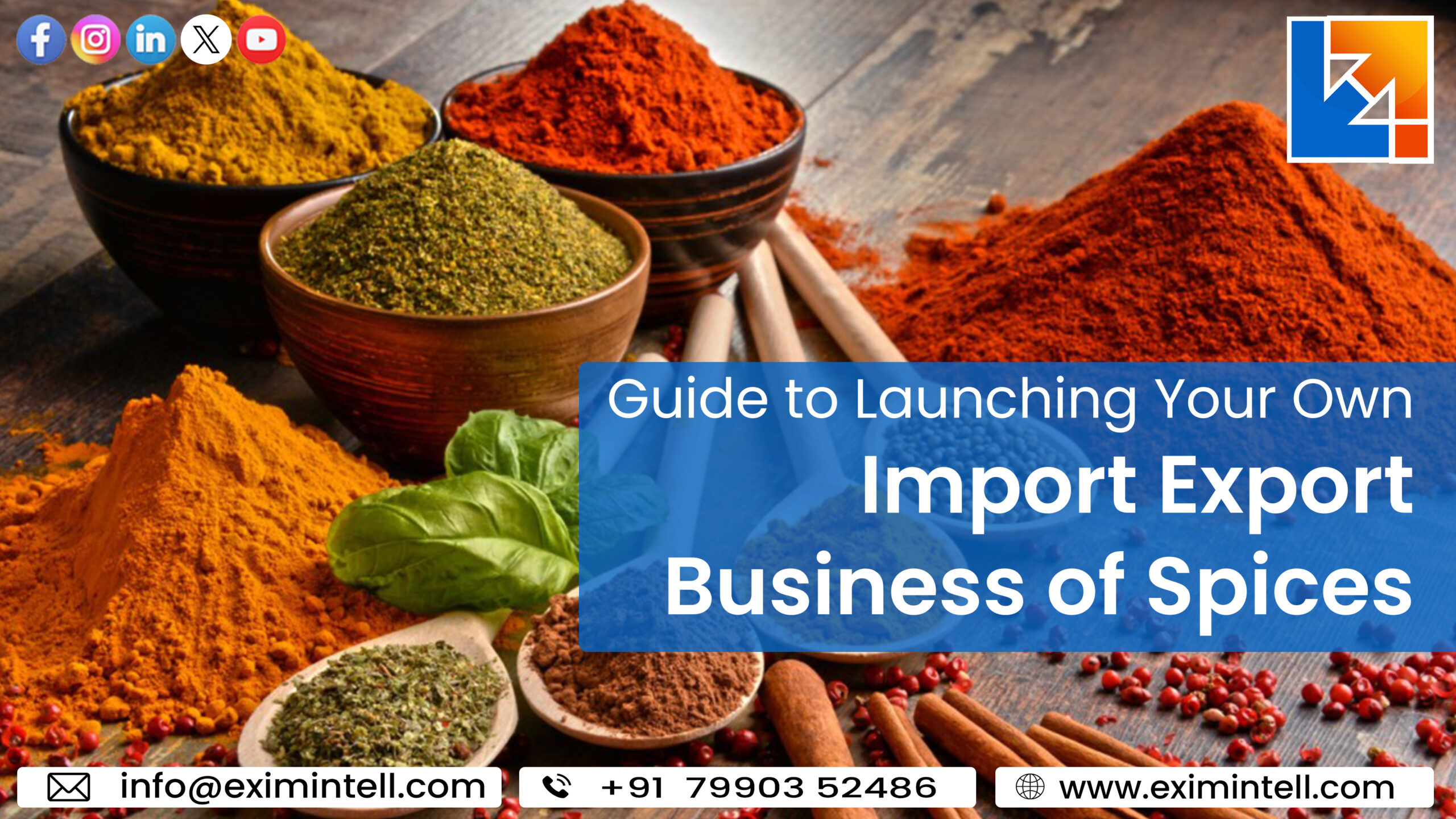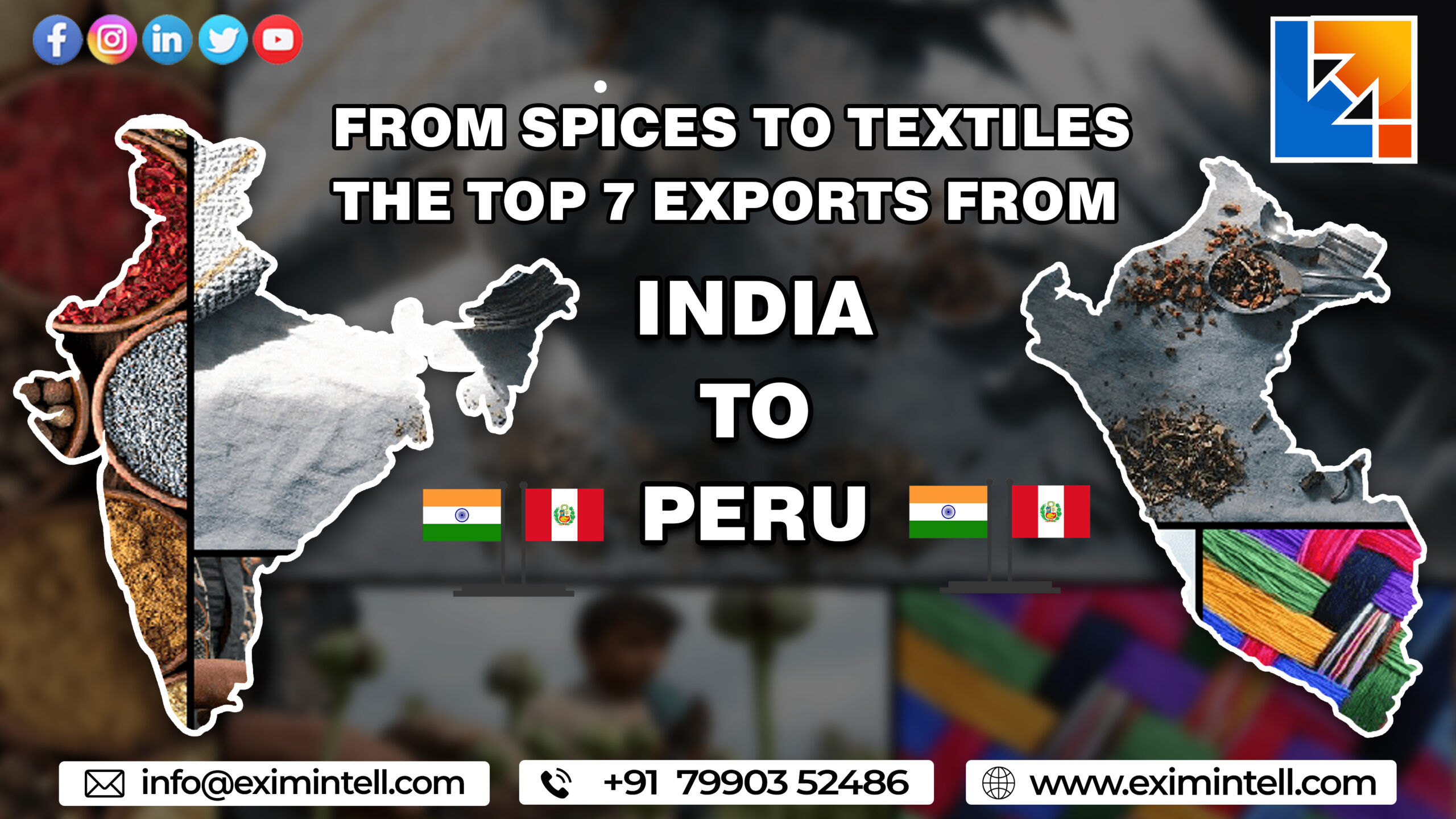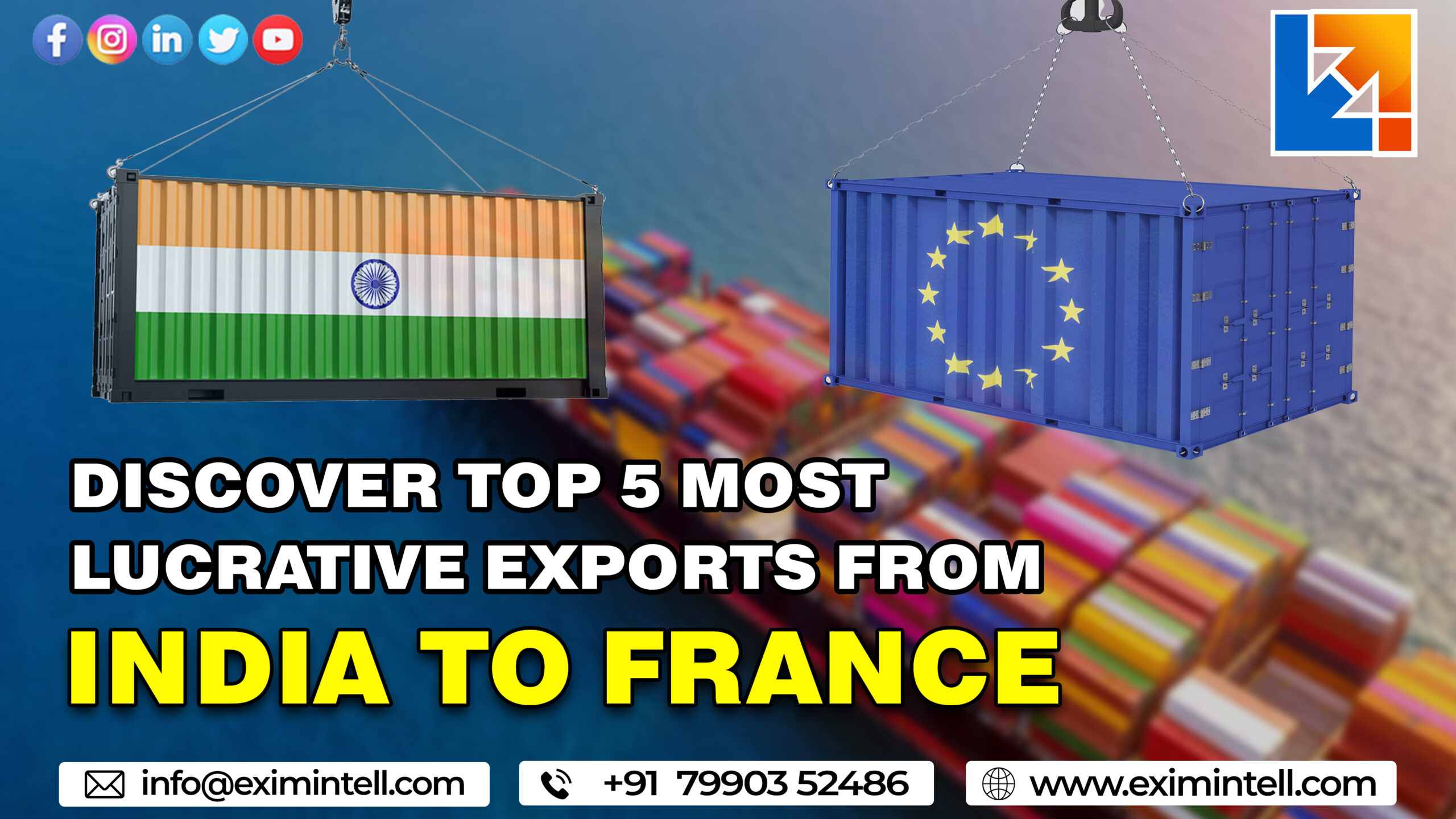Are you ready to spice up your entrepreneurial journey? If you have a passion for culinary delights and an appetite for business success, look no further! In this step-by-step guide, we’ll unveil the secrets to launching your very own import-export business of spices.
From procuring exotic flavors from far-flung corners of the globe to building robust distribution networks, we’ve got you covered. Get ready to embark on a flavorful adventure as we navigate through the intricacies of this booming industry together. So grab your apron and let’s dive into the aromatic world of spices – where every pinch brings endless opportunities!
What is an Import-Export Business of Spices?
The import-export business of spices is a process of shipping foods from one country to another. This can be done either by air, land, or water. There are many benefits to owning an import-export business of spices.
For one, you can get your product to market faster than if you were to grow and harvest the crop yourself. Additionally, you have the potential to make a higher profit margin since you are not incurring the cost of production. This type of business provides an opportunity to build relationships with other food producers and distributors in different countries.
The Benefits of Starting an Import-Export Business of Spices
When it comes to running a business, there are a lot of factors to consider. However, if you’re looking to get involved in the import-export business, some definite benefits make this venture worth your while. Here are some of the benefits of starting an import-export business of spices:
1. You can be your boss: One of the best things about starting your own business is that you get to be your boss. When you’re in charge, you get to make all the decisions – from what products you want to sell to how you want to run your operation. This can be a great way to achieve financial and professional independence.
2. There’s potential for high profits: If done correctly, an import-export business can generate a lot of revenue. By importing goods from other countries and selling them in your home market, you can take advantage of differences in price and demand. Additionally, because you’ll be dealing with physical goods, there are opportunities to negotiate lower shipping and transportation costs. All of these factors can lead to healthy profits for your business.
3. You can learn about other cultures: One of the great things about being involved in the import-export business is that it gives you the chance to learn about other cultures. As you deal with people from different countries, you’ll have the opportunity to learn about their customs, traditions, and way of life – something that can be both interesting and educational.
4. There’s a low barrier to entry: When compared to other types of businesses, the import-export business has very few start-up costs. As long as you have market knowledge and access to reliable suppliers and shipping companies, you can get started with minimal capital expenditure. Plus, as there is no need for heavy machinery or big warehouses, it’s easy to set up a small operation in your home or garage.
Steps to Starting an Import-Export Business of Spices
There are many steps involved in starting an import-export business of spices. First, you need to choose a niche or category of spice that you would like to specialize in. Once you have decided on a focus, research the different types of spices available in that category and select the ones that you think would be most profitable to export.
Next, develop a business plan including your marketing strategy, target market, and financial projections. Obtain the necessary licenses and permits required to operate your business.
Assuming you have already secured the necessary funding for your venture, the first step is to choose a niche or category of spice that you would like to specialize in.
There are many different types of spices available on the international market, so it is important to select the ones that you think would be most profitable to export. Consider factors such as demand in your target market, shipping costs, and storage requirements when making your selection.
Once you have decided on a focus, research the different types of spices available in that category and select the ones that you think would be most profitable to export. When researching potential products, be sure to consider factors such as demand in your target market, shipping costs, storage requirements, and competition.
After selecting your products, develop a detailed business plan including your marketing strategy, target market, and financial projections.
Obtain the necessary licenses and permits required to operate your business. In some cases, such as when exporting food products, you may also need to register your business with a government agency such as the Food and Drug Administration (FDA).
Next, you will need to determine how you plan to source your products. You may choose to purchase them directly from a manufacturer or import them from another country. If importing spices, be sure to investigate potential suppliers and understand all relevant import-export regulations.
Finally, build relationships with customers in your target markets. Prepare product catalogs and presentations to showcase your offerings. Establish accounts with wholesale buyers or contact stores directly to set up distribution channels. You may also need to invest in marketing activities such as trade shows or advertising campaigns depending on your budget and goals.
– Research your Target Market
When venturing into the world of import-export business, it is important to have a firm understanding of your target market. Who are you selling to? What are their needs and wants? What are their buying habits?
Answering these questions will help you narrow down your product selection, choose the right marketing strategies, and ultimately sell more spices!
Here are a few tips for researching your target market:
1. Use social media listening tools to track mentions of keywords related to your business. This will give you insights into what people are saying about your industry, as well as what topics are trending.
2. Conduct surveys or interviews with potential customers to get a better understanding of their needs and wants.
3. Use demographic information (age, location, gender, etc.) to segment your audience and tailor your messages accordingly.
4. Keep an eye on your competition. See what they’re doing well and where they’re falling short. This will give you ideas on how to improve your own business.
– Create A Plan for Sourcing Suppliers and Transporting Goods
Importing and exporting spices can be a complex and daunting task, but with the right planning, it can be a lucrative and rewarding business venture. There are a few things you need to take into consideration when sourcing suppliers and transporting goods.
1. Firstly, you need to find reliable suppliers who can provide you with high-quality spices at competitive prices. This can be done by networking with other businesses in the industry, searching online directories, or contacting trade associations.
2. Once you have found potential suppliers, it is important to negotiate terms that are beneficial for both parties. This includes agreeing on pricing, delivery schedules, and payment methods.
3. Once you have finalized deals with suppliers, you need to arrange for transportation of the goods. This can be done through hired freight services or by using your vehicles if you have the capacity.
4. Once the goods have arrived at their destination, it is important to properly store them to maintain their quality and freshness. This means keeping them in a cool, dry place away from direct sunlight or excessive heat.
– Obtain the Necessary Licenses, Permits & Insurance
There are a few things you need to do to get your import-export business of spices up and running. First, you need to obtain the necessary licenses and permits. Depending on the country you’re operating in, this could involve getting a business license, customs clearance, and/or other permits. You will also need to get insurance for your business. This will protect you in case anything goes wrong with your shipments or operations.
– Set Up Your Operations Infrastructure
Setting up the operations infrastructure for your import-export business of spices can seem like a daunting task, but with a little planning, it can be easily accomplished. Here are a few things to keep in mind as you set up your operations:
1. Licensing and Permits: Make sure you have all the necessary licenses and permits in order before starting your business. This includes both federal and state licenses, as well as any special permits required for importing/exporting spices.
2. Financing: Securing financing is an important part of setting up any business, but it is especially important for an import-export business due to the high start-up costs. Be sure to shop around for the best financing option for your needs.
3. Transportation: A key part of any import-export business is having reliable transportation to get your products to market. Whether you use your vehicles or arrange for shipping through a third party, make sure you have a plan in place for getting your spices from point A to point B.
4. Warehousing and Storage: If you are importing spices, you will need a place to store them until they are ready to be shipped out again. Make sure you have adequate storage space available, as well as proper climate control if needed.
5. Staffing: Last but not least, you will need to staff your operation with qualified individuals who can handle the day-to-day tasks of running an import-export
– Establish Payment
When starting an import-export business of spices, it is important to establish payment terms with your suppliers and customers. Payment terms can vary depending on the type of product being traded, the country of origin, and the Incoterms used.
Typically, payment terms are set up so that the buyer pays a deposit to the seller upon order confirmation, with the balance due upon delivery. For more information on payment terms and Incoterms, please see our blog post on setting up your import-export business.
Conclusion
Starting your own import-export business of spices can be a great way to make money and have fun. It requires some initial research and know-how in the beginning, but once you get up and running, it’s not difficult to operate.
With a bit of dedication, desire for success, and the guidance provided in this article, you should be able to launch your own spice import-export business quickly and smoothly. Good luck on your entrepreneurial journey!




















